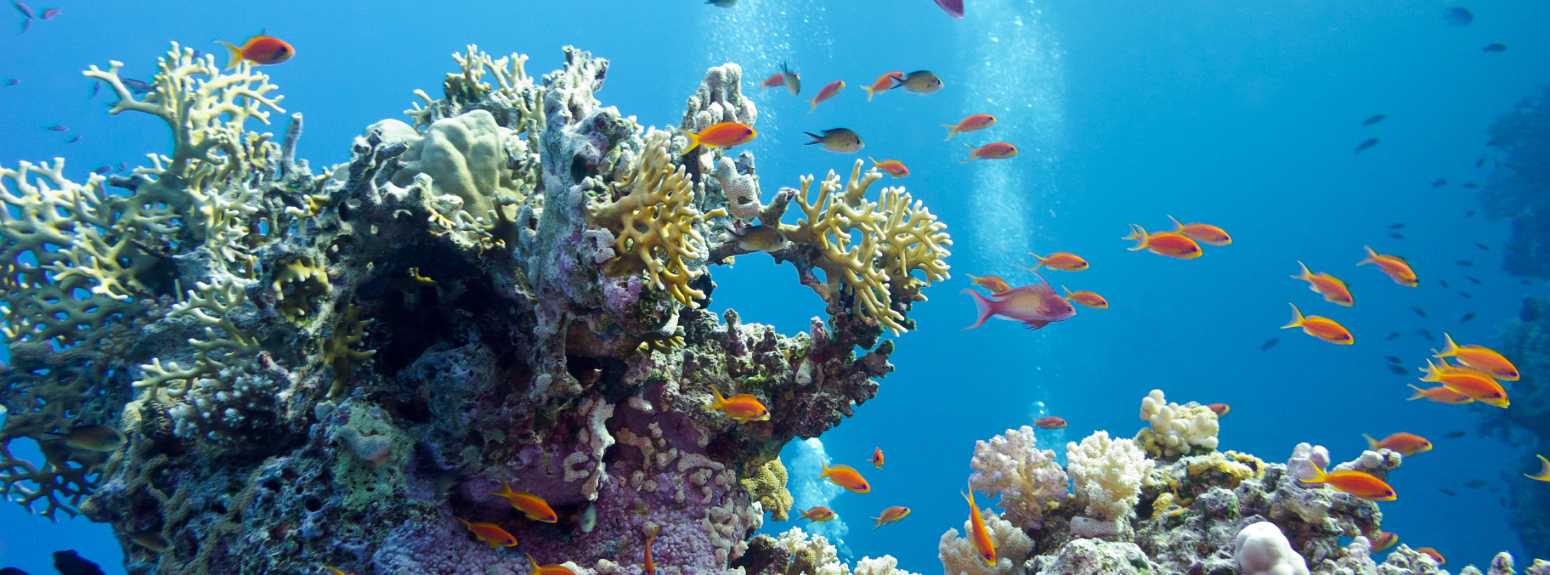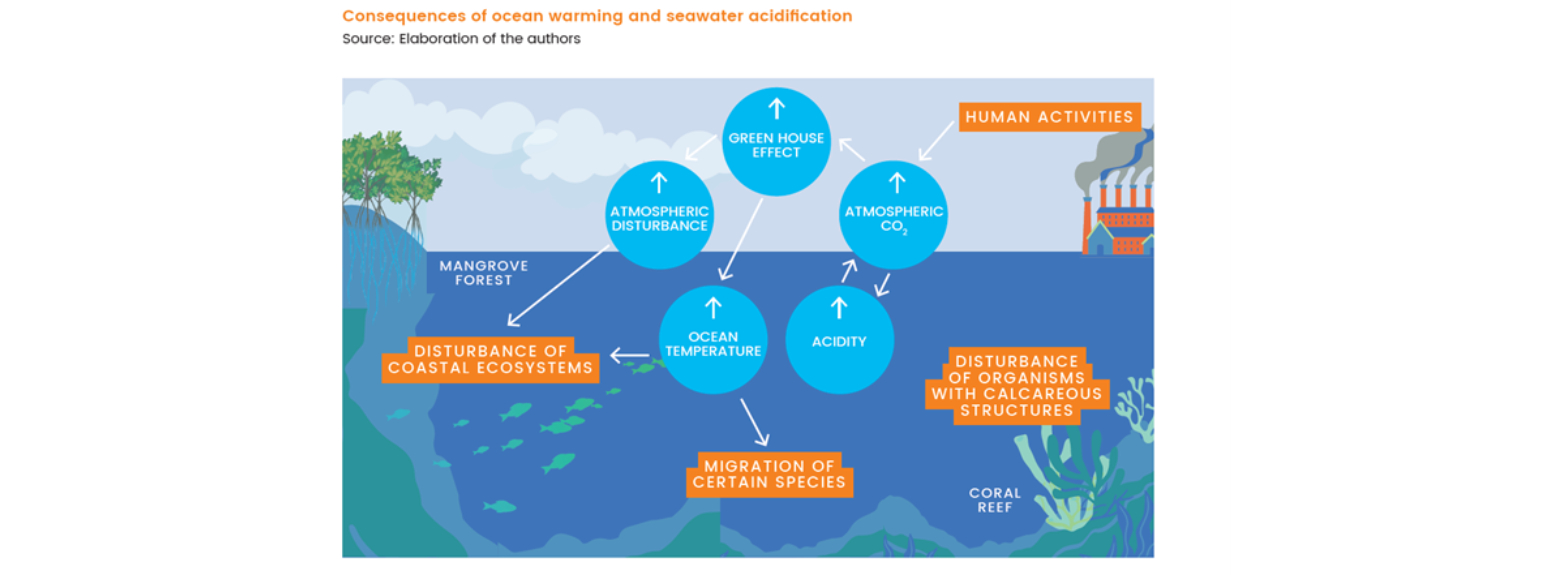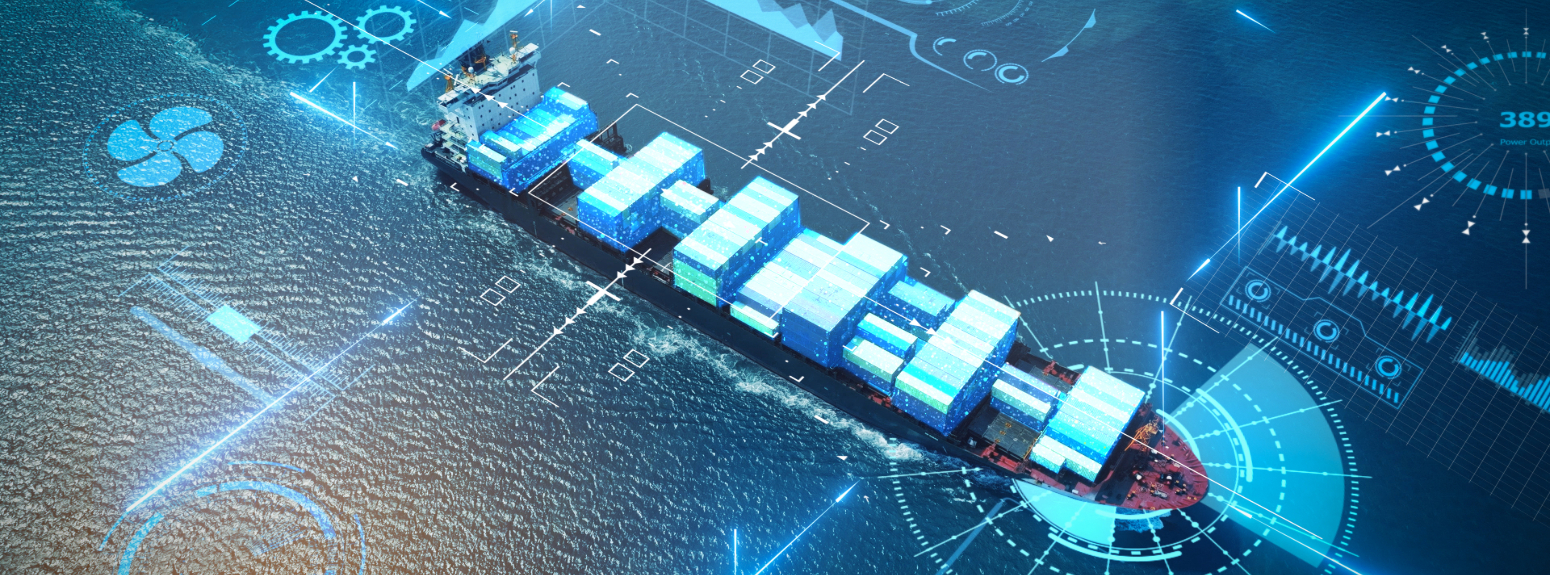Protecting the ocean: an enterprise possible for everyone thanks to technological innovation
The ocean is a precious resource, therefore it is necessary to pay attention to the consequences of human actions by changing them in a sustainable way to defend it


The ocean as a whole represents the lung of our Planet as it produces 50% of the oxygen present on Earth, absorbs more than 30% of CO2 and 40% of the global population depends on its biodiversity. The oceans therefore play a key role in many areas: from supply to climate regulation and carbon absorption (mitigating climate change) to the extraction of resources and the cultural value it has for various societies.
A priceless heritage for humanity to defend and protect that - considering the renewable and non-renewable natural resources present in the seas and coastal areas - is estimated at 24,000 billion dollars. These estimates are by nature approximate, since the true value of marine ecosystems as "good" is particularly difficult to define.
Covering more than 70% of the Earth’s global surface and accounting for 97% of the Earth’s water presence, the ocean is under increasing direct pressures, such as unsustainable fishing practices, plastic pollution and industrial discharges; and under indirect pressures due to activities that contaminate the atmosphere or soil.
The conservation and sustainable use of the oceans are principles in line with UN Sustainable Development Goals (SDGs) Objective 14, with the operational aim of reducing pollution of various kinds and the effects of acidification, regulating fishing, protecting biodiversity, increasing the economic benefits of sustainable practices and ensuring small-scale artisanal fishermen access to marine resources.


Ocean: sustainable use and impact
A major indirect impact sector in the oceans is agriculture, which consumes 72% of freshwater flow. Fertilizers and pesticides accumulate in the soil, then spill into rivers and seas through the water cycle. Moreover, the excess of nutrients such as nitrogen, phosphorus and potassium that arrive in ocean waters causes negative impacts, including the uncontrolled proliferation of algae: a phenomenon called eutrophication that, by consuming all the oxygen of water, makes vast marine areas lifeless.
The solutions that aim to reduce the use of chemicals in the agricultural sector are indoor cultivation, such as vertical farming - which allows to have a more controlled environment from microclimate to the use of resources - and Precision Farming.
The second need is that the ocean provides about 20% of animal proteins consumed worldwide, so it is important for food safety to avoid waste to ensure the protection of species. Fishing activities consume fossil fuels to power vessels and refrigeration systems, and subsequently generate large amounts of waste, including damaged nets, equipment and fish waste. The technologies that limit these impacts are hydroacoustic and intelligent fishing nets that can only catch the desired species. Furthermore, biodegradable fishing nets have a lower environmental impact when they reach the end of life.
Complementing fishing, aquaculture is one of the most efficient solutions for fish farming and recreates a controlled ecosystem. Aquaculture can be at sea or close to the coast: in both cases it is possible to monitor the health of the fish in real time, using cameras and artificial intelligence algorithms. Instead, indoor aquaculture takes place in closed environments on the mainland and requires the use of innovative technologies, such as recycling and recovery of waste biomass from which it is possible to produce feed characterized by a high nutritional power.
As is the case for beef and pork, the cell farming is also applied in the fish sector, providing fish meat grown in the laboratory, free of drugs and high organoleptic qualities.


Protecting the ocean: enabling technologies
To carry out activities related to the oceans in a sustainable way, it is therefore necessary to adopt an innovative approach that integrates technologies such as the Internet of Underwater Things, the Digital Twins, AI, robotics, autonomous vehicles and the blockchain, thus creating the so-called "Ocean 4.0".
For example, with underwater communication networks and robot it’s possible to monitor the water conditions regarding temperature, salinity, acidity and pollution levels, as well as trace marine fauna. To predict the impact of human activities and make sustainable decisions, digital twins create digital replicas of marine ecosystems. Finally, the blockchain guarantees the traceability, quality and sustainability of fish products by recording in a safe and transparent way all transactions along the food chain, from the capture of fish to the purchase by final consumers.
